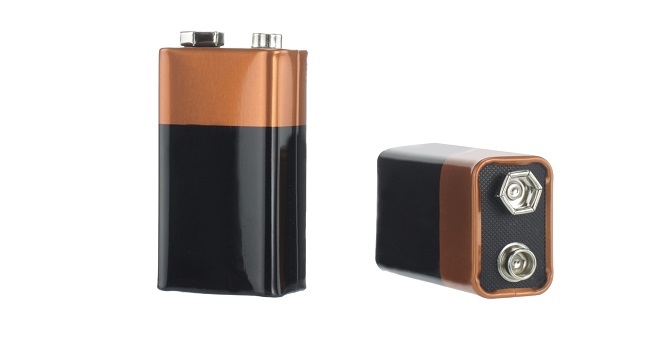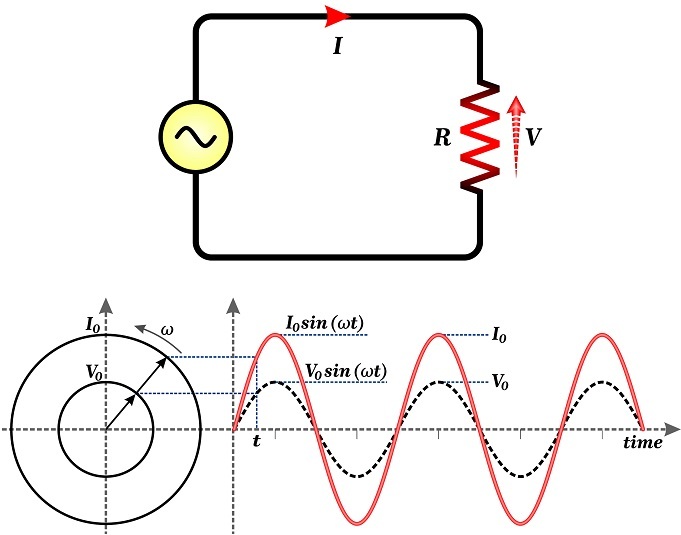
 Data Structure
Data Structure Networking
Networking RDBMS
RDBMS Operating System
Operating System Java
Java MS Excel
MS Excel iOS
iOS HTML
HTML CSS
CSS Android
Android Python
Python C Programming
C Programming C++
C++ C#
C# MongoDB
MongoDB MySQL
MySQL Javascript
Javascript PHP
PHP
- Selected Reading
- UPSC IAS Exams Notes
- Developer's Best Practices
- Questions and Answers
- Effective Resume Writing
- HR Interview Questions
- Computer Glossary
- Who is Who
What is the full form of DC?
Definition and Explanation of Direct Current
Direct current (DC) is an electric current that flows in a single direction, with a consistent voltage and amplitude. Unlike alternating current (AC), which intermittently inverts direction, DC maintains a consistent polarity. It is regularly produced by batteries, generators, and electronic control supplies.

DC is broadly utilised in electronic devices, such as computers, smartphones, and televisions, as well as in a range of industrial applications, including electroplating, electrolysis, and welding. It is additionally utilised for high-voltage power transmission over long distances, especially in undersea cables and railways.
Characteristics of Direct Current
The main characteristics of direct current (DC) are ?
Unidirectional flow ? The current flows in one direction only, not at all like alternating current (AC) which occasionally reverses its direction.
Steady voltage ? The voltage level remains steady over time in a DC circuit.
Continuous and steady flow ? The current flows at a constant rate and is generally steady in a DC circuit.
Low frequency ? DC incorporates a frequency of zero, unlike AC which encompasses a shifting frequency.
Low power loss ? DC has lower power loss over long distances compared to AC.
High voltage capability ? DC can handle high voltage levels with less hazard of electrical breakdown.
Suitable for electronic devices ? DC is commonly utilised in electronic devices since it is easier to convert into the diverse voltages needed by electronic components.
These characteristics make DC appropriate for a variety of applications, such as in batteries, electronic devices, and certain industrial processes.
Applications of Direct Current
The following are some usual applications for DC ?
Electronics ? DC is utilised broadly in electronic devices such as smartphones, computers, and televisions. These devices require a stable DC voltage for their operation.
Automotive ? Numerous automotive components, such as headlights, electric windows, and starter motors, require DC power. Hybrid and electric vehicles utilise DC motors to drive their wheels.
Industrial processes ? DC is utilised in a variety of industrial processes such as electroplating, welding, and electrolysis. These processes require a steady DC voltage for their operation.
High voltage power transmission ? DC is utilised for high voltage power transmission over long distances, particularly in undersea cables and railways. It has lower control loss over long distances compared to AC.
Renewable energy ? Solar panels and wind turbines produce DC power, which is converted into AC power utilising inverters. DC power is additionally utilised in energy capacity systems, such as batteries and capacitors.
Medical equipment ? Numerous medical devices such as MRI machines, X-ray machines, and defibrillators require DC power.
Spacecraft ? DC power is utilised broadly in spacecraft for its ability to maintain a steady voltage level in harsh environments.
Comparison of Direct Current with Alternating Current

The differences between Direct Current (DC) and Alternating Current (AC) are outlined in the following comparison table ?
| Characteristics | Direct Current (DC) | Alternating Current (AC) |
|---|---|---|
Direction of flow |
Flows in one direction only |
Changes direction |
Voltage |
Constant voltage |
Voltage varies over time |
Frequency |
0 Hz |
Frequency varies |
Power transmission |
Better for long distance |
Better for local |
transmission |
distribution |
|
Use in electronics |
Most devices require DC power |
AC must be converted to DC |
Electrical safety |
Less likely to cause injury |
More dangerous |
Generation |
Batteries, power supplies, and |
Power plants and rotating |
generators with commutators |
coils |
Conclusion
In conclusion, Direct Current (DC) is an electric current that flows in one direction as it were and encompasses a constant voltage. It is commonly utilised in electronic devices, batteries, power supplies, and some types of motors. The characteristics of DC make it appropriate for some specific applications, such as long-distance power transmission and electronics. However, it is less commonly utilised for power distribution than Alternating Current (AC), which changes direction periodically and includes a varying voltage. The differences between DC and AC are important to understand in various areas, including engineering, physics, and electrical safety.
FAQs
Q1. How is DC generated?
Ans. DC can be created directly using batteries, fuel cells, or other power sources, or it may be generated through the conversion of AC utilising a rectifier.
Q2. Is DC more secure than AC?
Ans. Because there is a lower risk of electric shock injuries with DC than with AC, it is generally thought to be safer. However, if sufficient safety measures are not performed, DC could still be deadly.
Q3. What are some examples of DC devices?
Ans. Electronic gadgets including computers, smartphones, and televisions, as well as batteries, power supplies, and some types of motors, are some examples of DC devices.

